Moondrop’s DSP-enabled, entry-level IEMs offer convenience at the cost of flexibility.
Lately, it seems like Moondrop has been releasing products every other week. This frenetic pace is difficult to keep tabs on, so I tend to zone out and miss some announcements.
However, the JIU stood out to me as something intriguing. The premise is promising: a type-C jack with built-in DAC to “shape” the sound and fix some of the deficiencies of the original Moondrop CHU, namely end-to-end extension and lack of staging.
- The shells have good heft and density
- Comfortable fit
- Spring tips included
- Good end-to-end extension
- Good imaging and staging
- Seamless pairing with Android, Windows, or Mac devices
- Fixed cable
- Shells are prone to discoloration over time
- Slight shout in the mids
- Noticeable unit variance
- The mid-treble peak can be fatiguing
- Lacking in microdynamics
The price premium over the CHU is negligible, and the potential improvements hint at a performance that far belies the price. So, is the digital processing enough to make the JIU the only entry-level IEMs worth considering, or are there caveats lurking underneath?
Technical Specifications
- Form: IEM
- Drivers: 1 x 10mm Titanium-plated diaphragm dynamic driver
- Impedance (Ohm): N/A
- Sensitivity (dB): 110 dB/Vrms
- Removable Cable: N
- Source Jack: Type-C
- THD: <=1% @ 1kHz
- Cup/Shell Jack: fixed
Packaging
Moondrop’s signature anime packaging makes a reappearance. I am kind of dazed by the flurry of anime girls that have zero relation to sound-producing devices, but hey – these “waifus” push sales, so why bother changing?
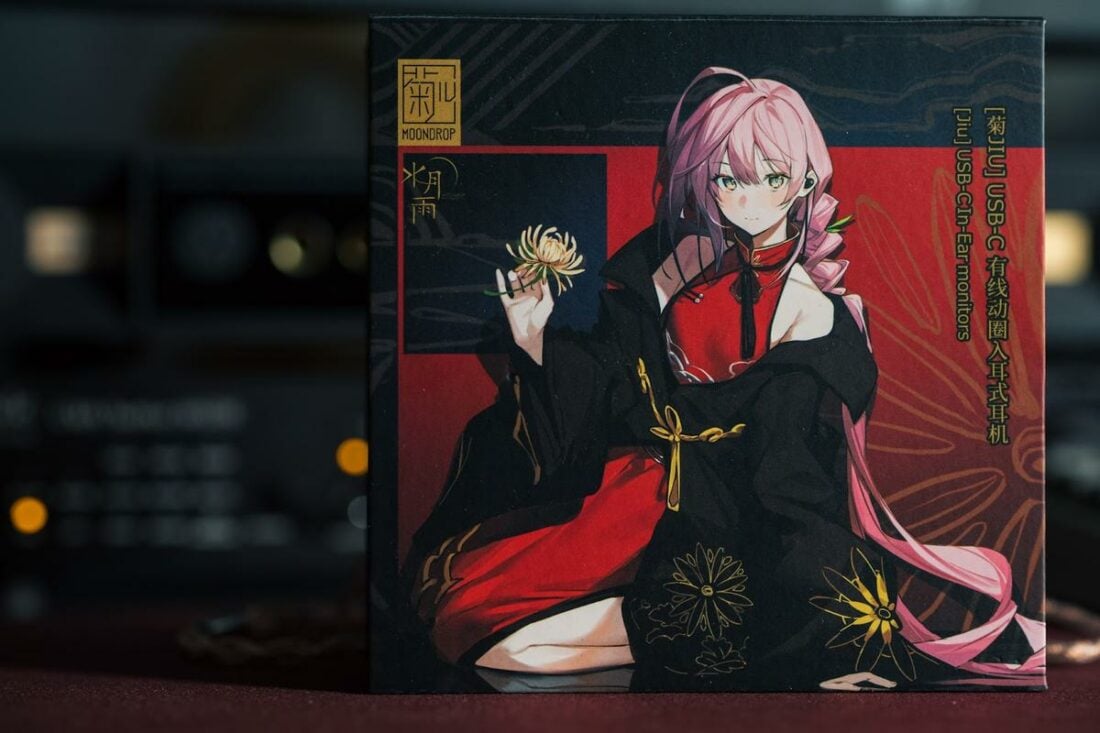
In the box
- Moondrop JIU IEMs
- 3 pairs of Spring tips
- Carrying pouch
- Ear hooks
The Spring tips are the biggest attraction among the accessories.
The spring tips alone retail for more than half the price of the IEMs, so putting them in the box is a nifty perk. The PU leather carrying pouch has a nice design but doesn’t offer much protection.
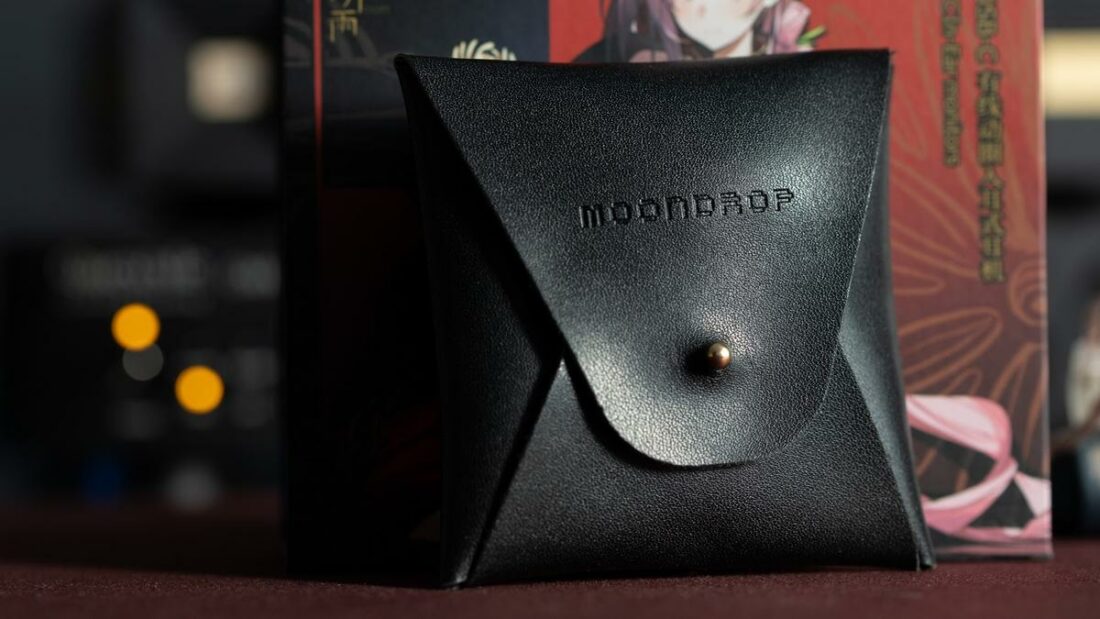
Design
Moondrop recycles the older CHU shell for the JIU, with the faceplate pattern being the only difference between them.
This shell is fairly good for the entry-level bracket, given that the Zinc alloy shell gives a reassuring heft to the IEMs. There are two vents on the inner side, a common acoustic design lately.
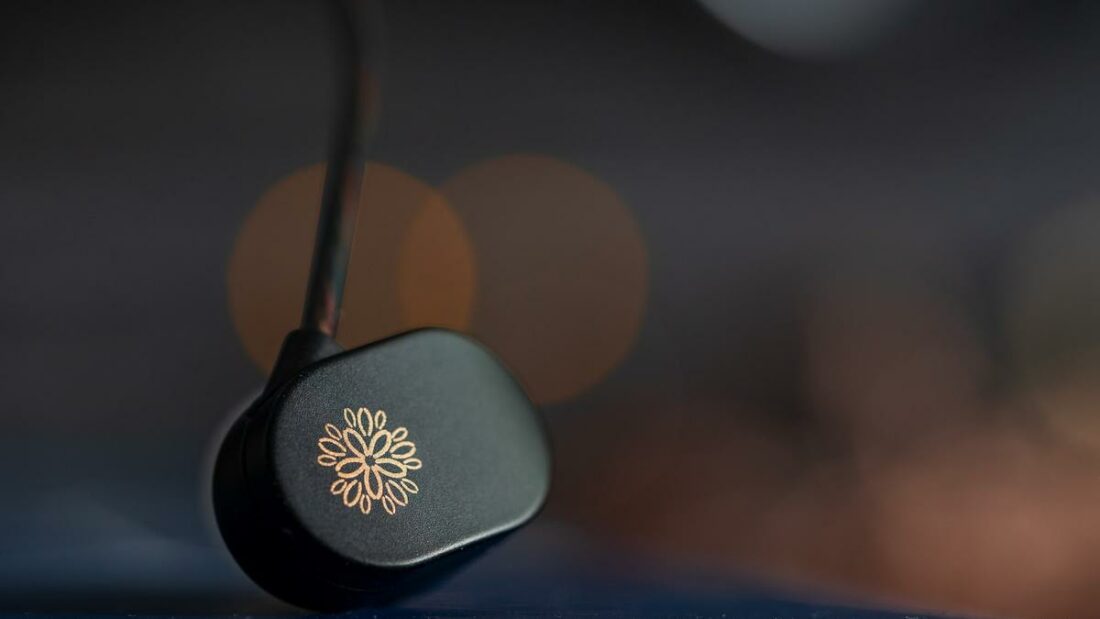
The type-C termination is what makes the JIU stand out.
It’s not that there are no other IEMs in the market with such a feature – rather, they are few and far between. The type-C port makes it seamless to connect the JIU to most modern laptops and Android phones.
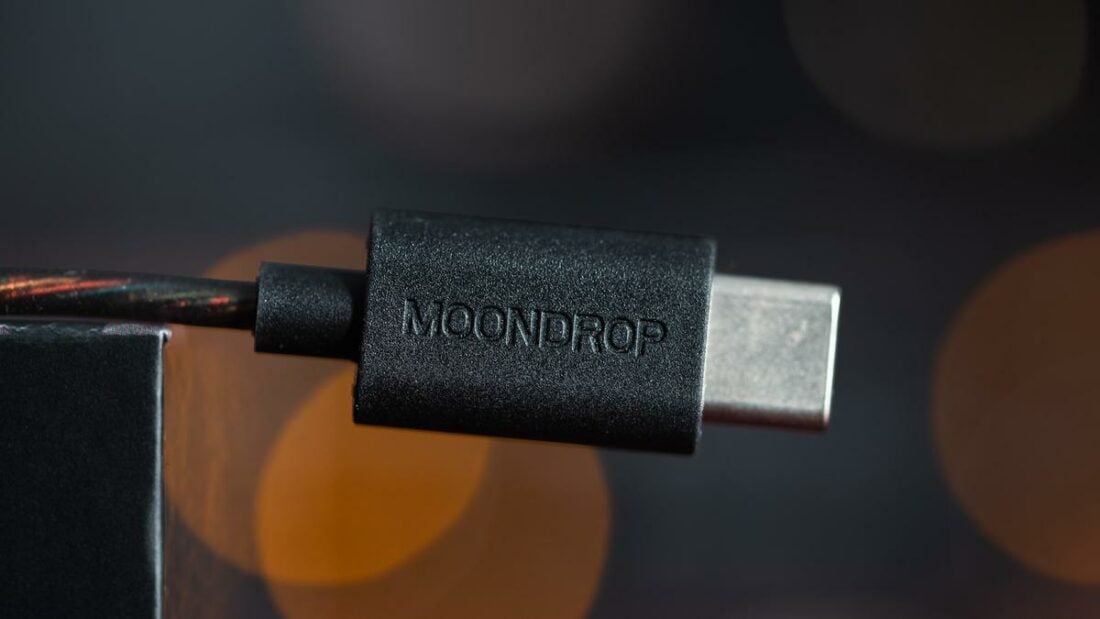
The cable lacks a chin-slider, which is a bummer. There is an inline MEMS microphone with playback controls, so voice calls are fairly clear.
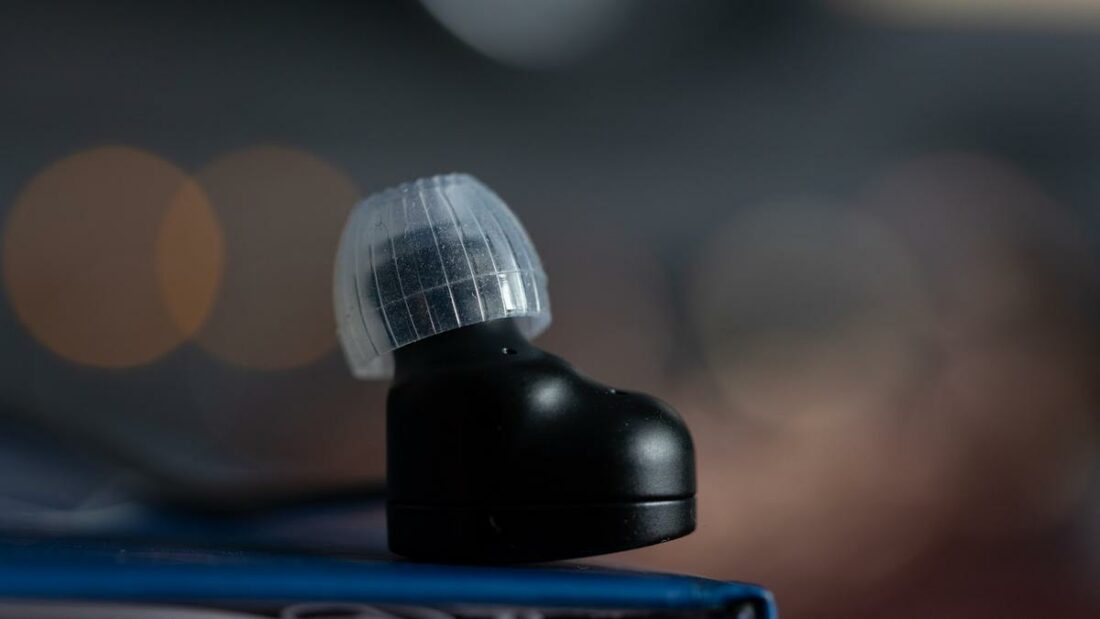
The biggest downside, of course, is the fixed cable and the apparent lack of strain relief. The supplied ear-guides can help in the latter case, but using them is awkward. Also, Moondrop’s shell-painting process tends to flake over time, resulting in discoloration of the shells.
Comfort and isolation
Isolation is good and gets better with foam tips. Comfort is also excellent, and hours of listening should cause no issues.
Internals
The Moondrop JIU utilize a 10mm titanium-plated diaphragm driver. Moondrop also designed the acoustic coupling cavity (basically the part of the shell that directs the soundwaves to the nozzle from the driver) to adhere to their VDSF target.
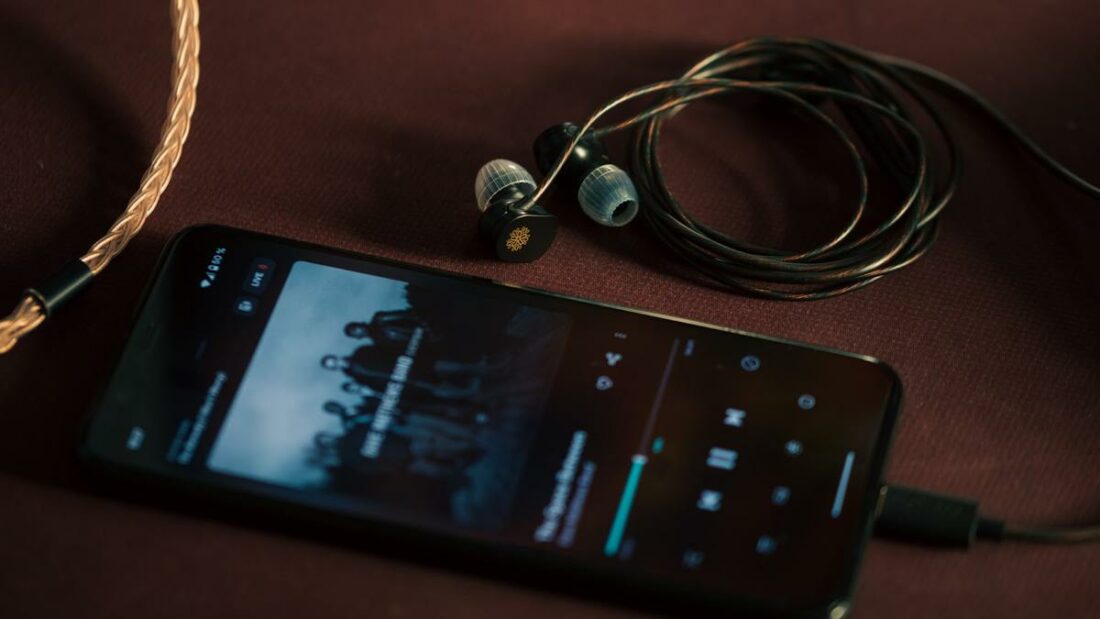
Moondrop JIU Sound
The Moondrop JIU follows Moondrop’s own VDSF target tuning.
This “objective” approach to tuning has been one of the hallmarks of Moondrop, and they added DSP to make the graph of JIU follow their target curve even closer.
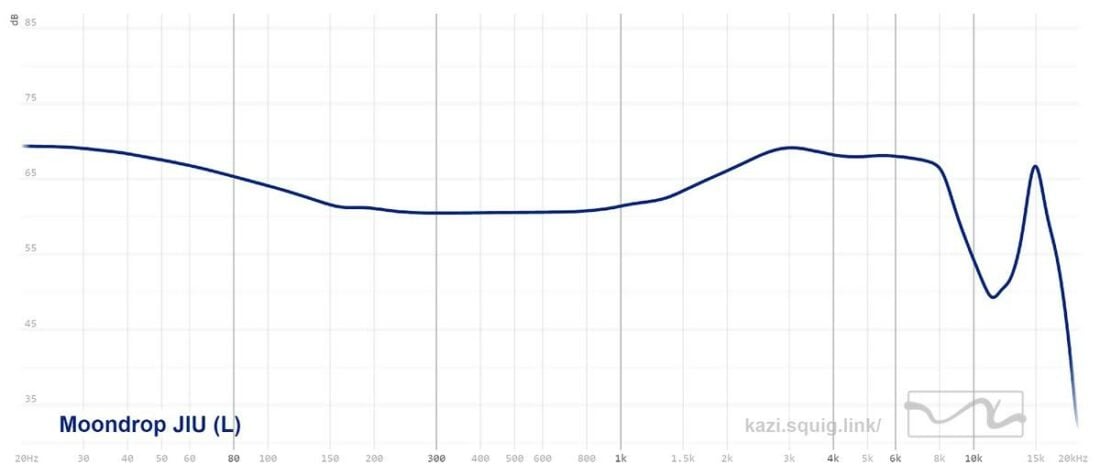
As an aside, I have noticed several variations of the JIU graph in different measurement databases. You can check this over at squig.link.
The JIU have noticeable sample variance, especially in the upper-mids and treble.
One reason for this variance might be the nozzle mesh, which was not properly placed on one side of my unit – just something to keep in mind.
Bass
On paper, a “tasteful” elevation below 200Hz should ensure no bass bleed into the midrange and a nice sub-bass rumble.
Unfortunately, this is where we hit driver limitations.
The sub-bass notes are noticeable, but the excursion could be more physical. Dense sub-bass rumbles lack their physicality. Also, the lack of mid-bass body results in anemic-sounding snare hits and pedals.
However, the bass is not as dry or “inorganic” sounding as other DF-neutral IEMs, so the overall texture is decent. Given the price tag, I am not going to nitpick further.
Midrange
The midrange is fairly neutral, with little to no coloration. However, the lack of mid-bass body can thin out certain male vocals. Also, high-pitched female vocals in tracks with sparse sub-bass can get shouty.
Other than those cases, the mids are pushed forward in most tracks, with strings and pianos having an added bit of “excitement” to their sound.
Treble
There are hints of graininess in the treble. The upper-treble sounds fuzzy, but it’s nothing that any of their peers do better. The mid-treble is pushed forward around 6-7kHz, which can vary depending on your unit or tip selection.
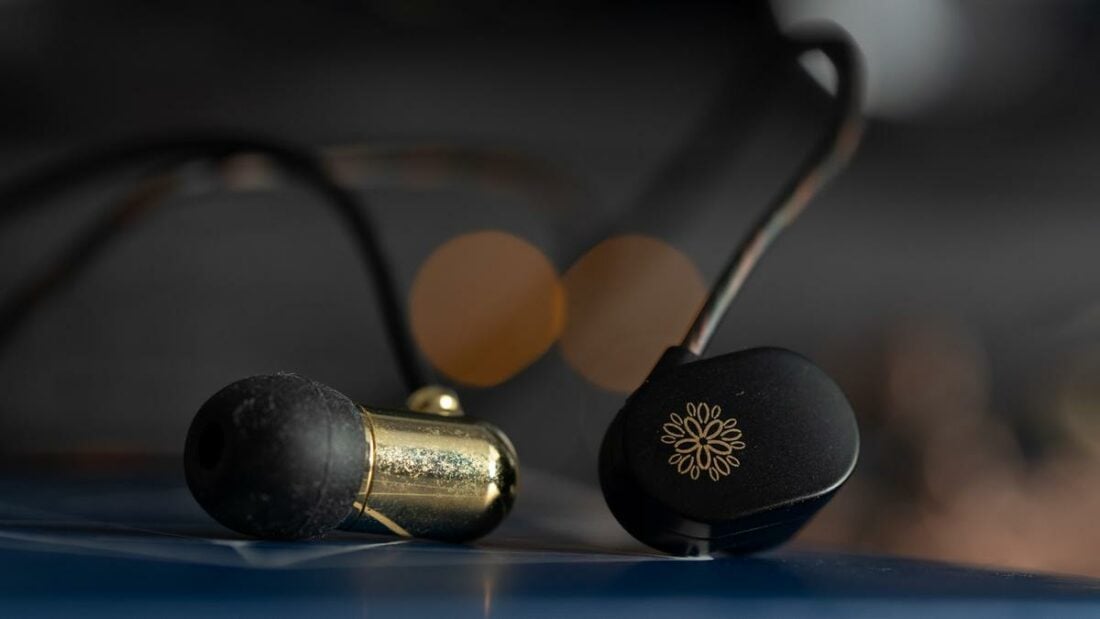
Overall, it could be a more impressive showing in terms of treble, but again, given the price, I struggle to find an option that does it better.
Soundstage and imaging
Staging is above average. The mids do not sound “in your head” despite the up-front presentation, which is a nice bonus.
Imaging is also above average, with good left-right separation but a fuzzy sense of ordinal orientation.
Dynamics and speed
Macrodynamic punch is decent, but microdynamics (subtle shifts in the volume) could be more evident. Speed is above-average, with busy passages in tracks not being completely blurred in terms of instrument separation.
Comparisons
Vs Moondrop Chu
The Moondrop CHU is priced slightly lower than the JIU while offering a regular 3.5mm analog connector. The build and accessories are identical otherwise.
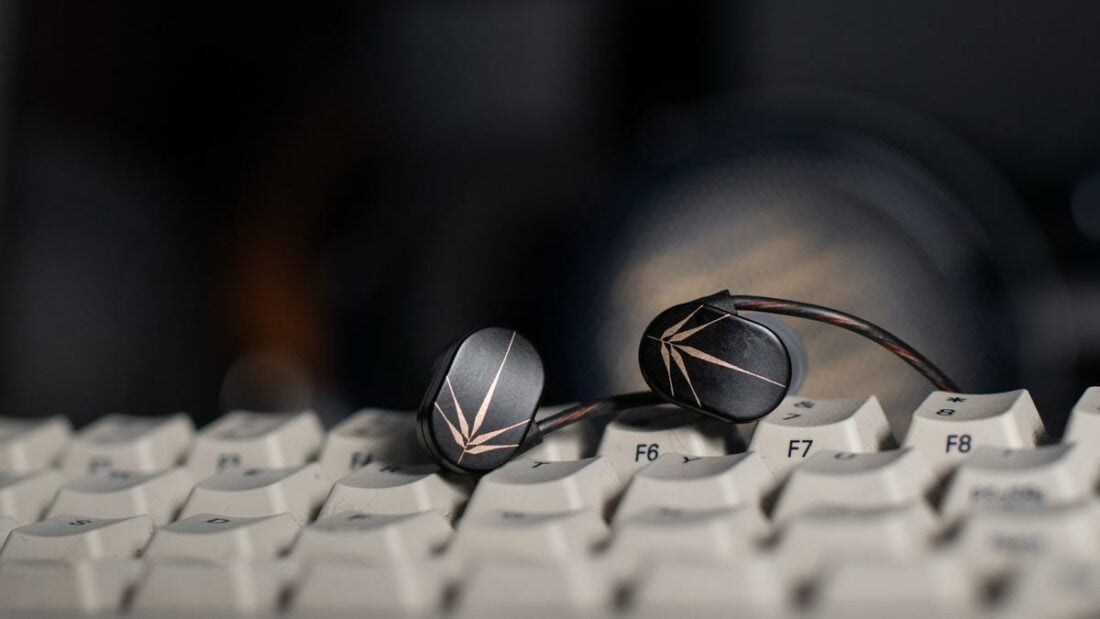
In terms of sound, I find the JIU an upgrade over the CHU. The bass is the biggest improvement with better dynamics, while the treble is also livelier on the JIU. As a result, staging and imaging improve on the newer model.
Unless you absolutely need the 3.5mm jack, the CHU is now obsolete, which seems to be a pattern in Moondrop’s yearly “upgrade” cycle.
Where to Buy
Conclusion
The Moondrop JIU are the best DSP-enabled budget IEMs I have tried so far. As such, they earn my recommendation for “USB type-C IEMs.” This is a niche that is far from saturated, so Moondrop gets an easier pass for the time being.
I cannot bring myself to nitpick about certain sound aspects in the ultra-budget range since it seems unfair. At the end of the day, you do get what you pay for. However, I’d suggest Moondrop tighten up its QC process further since unit variation should not exist to such a degree.
Then again, you get quite a lot for not a lot with the JIU, which may be enough for many newcomers to the hobby.
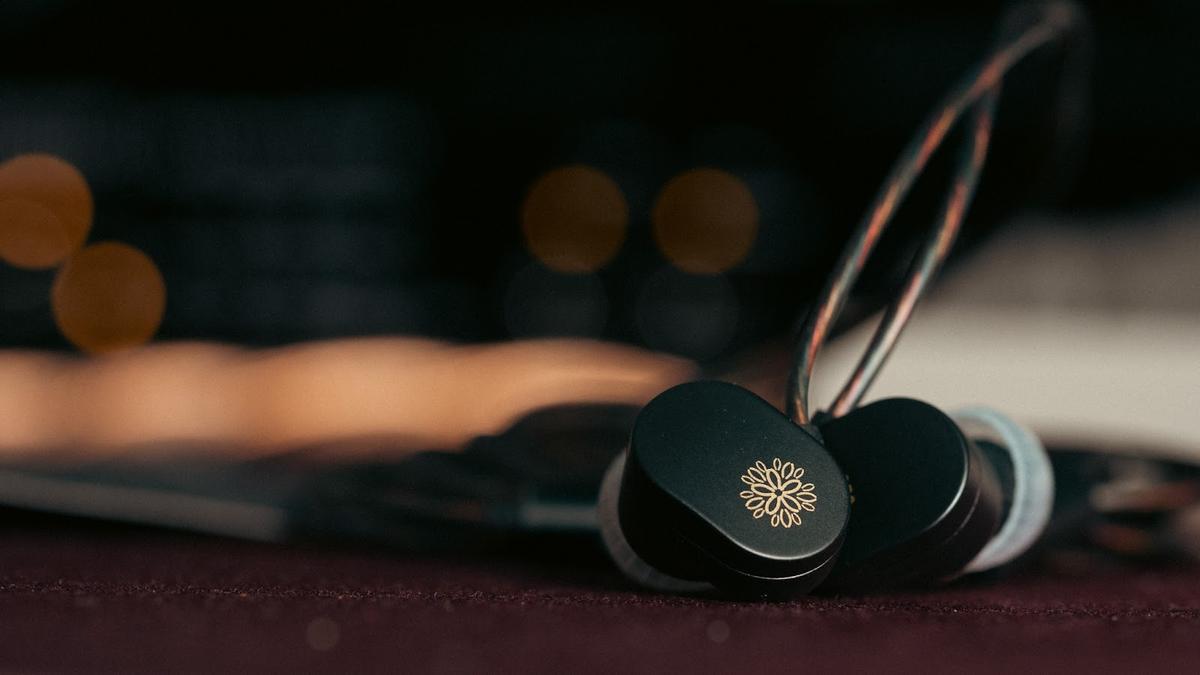
Comparison with 7Hz Salonotes?
Salnotes Zero have more aggressive upper-mids and treble has more “grain” which can sound fatiguing after a while.